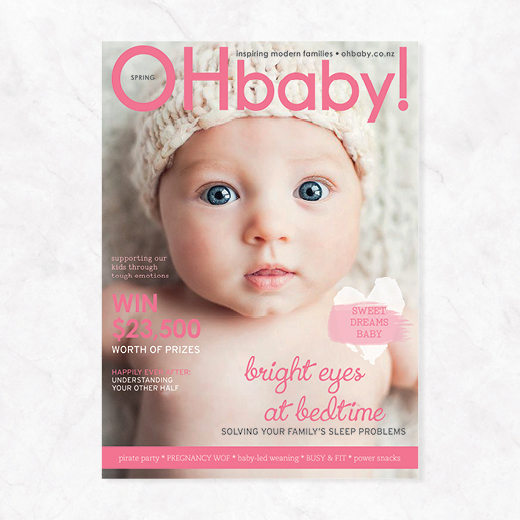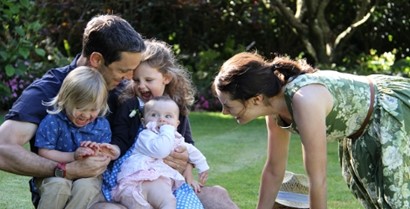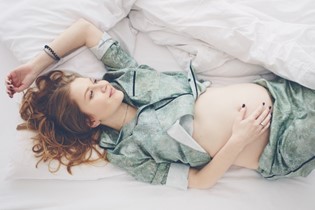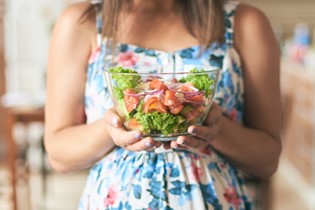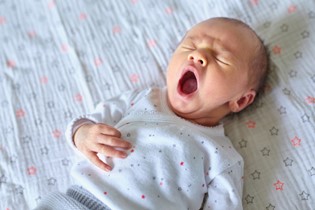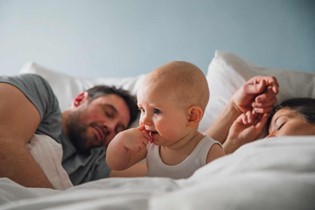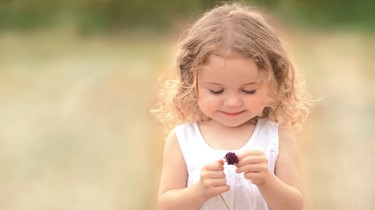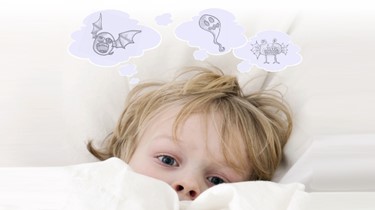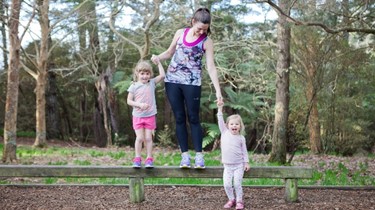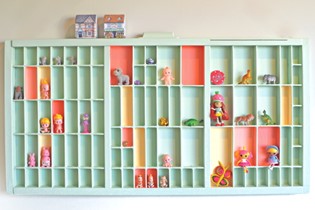Allergies: Symptoms Testing & Treatment
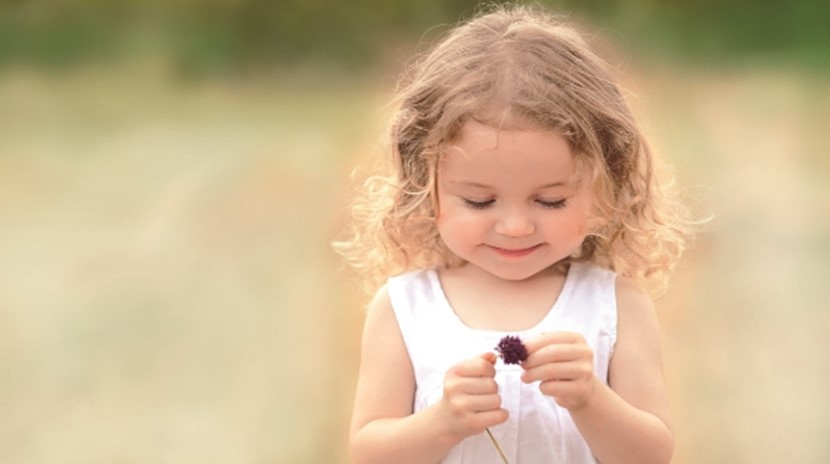
A recent study revealed one in ten Kiwi children has an allergy of some kind. Paulette Crowley explains how to soothe our sensitive kids.
According to the Growing Up In New Zealand study, which is following around 7000 children and their families, 10 per cent of Kiwi kids have been told by their doctor they have an allergy of some kind. Most commonly, egg, dairy, peanuts and house dust mites.
Common signs of an allergic reaction can include:
•Sneezing or a runny nose.
•Itchy, watery eyes.
•Wheezing and coughing.
•Urticaria – hives and/or welts on the skin that can be itchy and sore. This is usually a mild allergic reaction although it may be distressing as it can feel like the itch is underneath the skin.
•Nausea or diarrhoea (mainly from food allergies).
•Swelling – particularly around the eyes and lips.
•Anaphlyaxis – swelling of the tongue and throat, which can potentially constrict breathing. This is a medical emergency and requires urgent attention.
Allergies tend to run in families. If you or your spouse have allergies, eczema or asthma, your child could follow in your footsteps. This is called atopy. People with allergies are also prone to asthma, eczema and hay fever.
Allergies on the rise
The frequency of allergic disease has approximately doubled in the past few decades. Why? The following theories are being studied extensively:
We’re too clean: Our obsession with cleanliness eliminates exposure to bacteria that helps build our immune system, and some claim children are not being exposed to childhood illnesses because of vaccinations.
Our diets have changed dramatically: We’re eating many more different foods than we used to and potentially allergenic foods such as dairy, eggs, peanut and soy are being introduced later to babies.
Pollution: We are exposed to more pollutants in our day-to-day lives.
What can you do about allergies?
If you suspect your child has an allergy the first and most important step is to identify the allergen, which isn’t always easy.
Although allergy testing can be useful it can be inconclusive, so it’s important to engage your own detective “nose” in working out what is irritating your little one.
Try keeping a diary of symptoms and activities. A pattern will soon show if, for example, your child sneezes every time she pets a cat, or if she sniffles and wheezes while outside on windy days.
Ultimately though, it’s a good idea to talk to your GP about your detective work and request allergy testing.
How do you get tested?
The diagnosis of an allergy should always be conducted by a medical professional who has experience with allergies as they are tricky to diagnose and the results can be misleading.
Your GP may recommend a skin allergy test, which will usually be done at a laboratory. Your child’s skin will be pricked with a number of allergens and tested for allergic reactions.
The top environmental allergens that are usually tested for include:
• dust mites
• perennial rye
• cat
• macrocarpa
• oak
• birch
• cedar
• plantain
• moulds
• dog
Coming out in a raised, red lump may indicate the presence of antibodies which recognise the protein and in turn release histamine, which produces the lump.
However, a positive response to a skin-prick test doesn’t necessarily mean you have an allergy. Sometimes false-positive results occur and this is why an experienced medical professional needs to interpret an entire clinical picture. The test results must always be considered as part of a thorough medical history and depending on the results, your GP can oversee treatment or you’ll be referred to an allergy specialist.
Treatment
Antihistamine is a good treatment for people who have had mild allergic reactions. People who have severe reactions should be prescribed adrenalin to be given by an auto-injector. Your doctor might also recommend wearing a MedicAlert bracelet so medical help can be sought quickly.
Many allergy treatments are available over the counter at the pharmacy. The allergen army includes:
• antihistamines
• corticosteroids (such as steroid creams)
• decongestants
• eye drops
• lavender oil (always patch-test unknown products first)
• paw-paw cream
Dealing with repeat offenders
So, once you’ve found out what is causing the allergy, what do you do? After treating the allergic reaction, the answer is to avoid, avoid, avoid!
Here are some common allergens and tips to avoid them:
Grass
•Encourage your child to play off the grass and not expose any skin to it.
•Think about where you live. Is it possible to replace the grass with other materials, such as paving or tiles?
•If you need to keep grass, cut it regularly.
•Close the windows and doors on windy days, especially if you hear a neighbour cranking up a lawnmower.
•Dry your clothes inside or away from grass pollens that may land on them.
Pollen and mould
•As with grass, close your doors on windy days and dry clothes inside.
•Keep large trees that shade your house trimmed back as far as possible to avoid mould from forming.
•Olive, birch and pine trees and privet hedges are menaces for sneezers and wheezers, so cut back or remove.
•Stay out of the garden if a known allergen is in flower.
•Keep compost heaps well away from the house.
•Watch out for wind as pollen can travel for hundreds of kilometres.
•Air conditioning systems that have filters fitted have been shown to reduce pollen and mould.
Dust mites and animal dander
Dust mites peak in summer and thrive in humid conditions. They are everywhere but especially love fabric.
•Hard floorings and minimal soft furnishings are best, so remove mats and use blinds instead of curtains.
•Wet-dust surfaces and vacuum regularly to keep the dust down.
•Consider using dust mite covers for beds and pillows.
•Regularly put soft toys in the freezer for a couple of hours to kill off the mites.
•Keep animals outside if possible, or at least out of the living areas and bedrooms where allergy sufferers spend most of their time.
Bites and stings
For most people, an insect sting, such as from wasps or bees, can cause pain, itchiness, redness and minor swelling. However, each year two or three New Zealanders will die from serious anaphylaxic reactions.
•For a severe allergic reaction, inject epinephrine (adrenaline) if you have it, and call 111 immediately.
•Apply ice to the bite or sting area to reduce swelling and in the case of a sting, remove the stinger.
•Use paracetamol or ibuprofen for pain relief and oral antihistamines (Claratyne or Zyrtec) for itching.
•Topical creams, such as hydrocortisone, will ease pain and itching. Eumovate is a topical corticosteroid cream now available from your pharmacist. It has a moisturising base and is suitable for people sensitive to lanolin or parabens.
“Allergise” your first aid kit
Convert your basic first aid kit into an allergy kit by adding an adrenaline auto-injector, an asthma inhaler and spacer, a bottle of antihistamine and an anaphylaxis action plan which you can download for free from allergy.org.au.
Antihistamine tablets such as Zyrtec or Claratyne are great for general hay fever symptoms. Antihistamine creams such as Anthisan will relieve the pain, itching and inflammation from insect bites, stings and nettle rash. Comvita’s Medihoney Wound Gel is ideal for soothing and healing broken skin.
If you are at risk of anaphylaxis, you should be prescribed an adrenaline auto-injector, such as Anapen or EpiPen.
Adrenaline auto-injectors can also be bought without a prescription from a pharmacist, but they are not funded in NZ so you can expect to pay well over $110 each. These pens have short expiry dates, often only about 12 months, so check this when you are buying one.
Skin matters – tackling eczema
If your child has an allergy it is likely they may also suffer from eczema. About one in five NZ kids has eczema, a dry skin condition that can become much worse when an allergic reaction hits. It’s important to keep your child’s skin as healthy and moisturised as possible with a good moisturising cream, like Comvita’s Medihoney Bacterial range, or a subsidised emolliant prescribed by your doctor.
Avoid soap and limit skin exposure to unnecessary chemicals and fragrances. Protect skin from the sun using a hypoallergenic sunscreen. Wear soft, breathable cotton clothing. Launder in non-allergenic powder or try hot washes with baking soda.
Trim your child’s nails to stop them scratching their skin and causing infection.
For more information on eczema see www.kidshealth.org.nz/eczema
Breathing easy – respecting asthma
If your child has trouble breathing, is wheezing or has a persistent cough, you should see your doctor straight away. Asthma is a serious condition and needs professional diagnosis and treatment.
Paulette Crowley is the editor of Allergy Today magazine. She is also a freelance health journalist who lives with her two daughters on Waiheke Island. She is an allergy sufferer, as is one of her children.

AS FEATURED IN ISSUE 27 OF OHbaby! MAGAZINE. CHECK OUT OTHER ARTICLES IN THIS ISSUE BELOW
